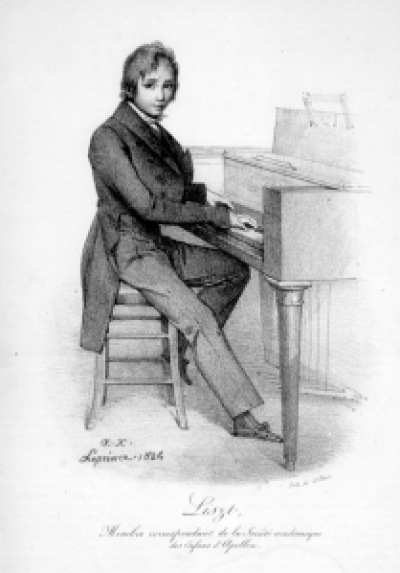
“None of us knew we were making history” said Earl “Fatha” Hines (1903–83) in a 1981 interview. “To us, every one of those sessions was just one more recording.”
Hines was speaking of the recordings that he made with Louis Armstrong in 1928 and the following years—recordings now considered enduring jazz masterpieces, not least due to the pairing of Armstrong’s trumpet and Hines’s avowed “trumpet-style” piano playing.
“My father was a cornet player, and I wanted to play that instrument when I was growing up. But playing it hurt me behind my ears, so I learned the piano instead. And I started playing on the piano what I had wanted to play on the cornet.”
In so doing, Hines freed the piano from its limited role as a rhythm instrument, playing hornlike phrases that cut across the regular patterns that the bass and drum were playing. He enriched his style further by using his classical training to introduce rich chords and piquant dissonances.
In 1924 Hines met Armstrong over a game of pool. Soon they were working together, for, as the pianist recalled, “he was playing the same style that I wanted to play.”
This according to “Fatha Hines: Stomping and chomping on at 75” by Robert Palmer (The New York times 28 August 1981).
Today is Hines’s 110th birthday! Below, Joe “King” Oliver’s Weather bird in a masterful 1928 duet with Armstrong.











